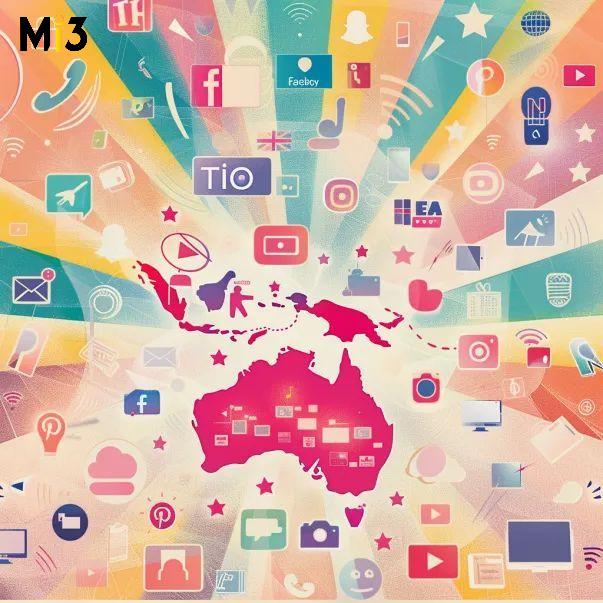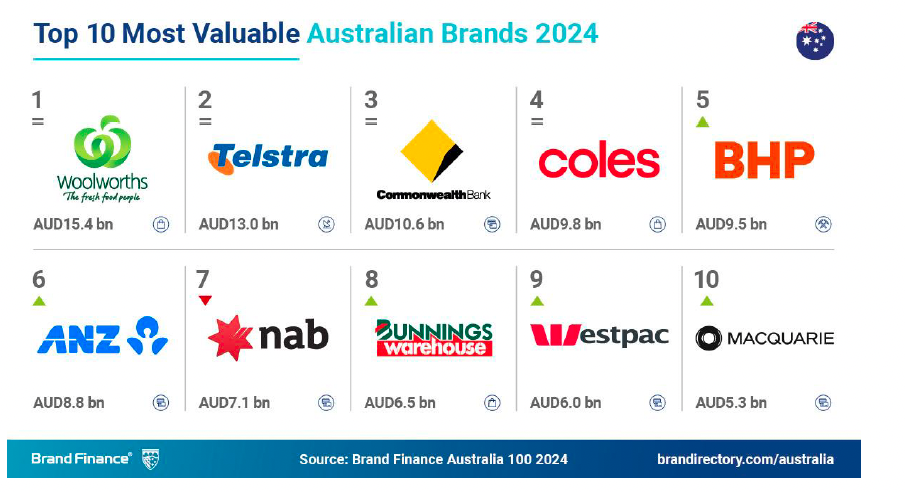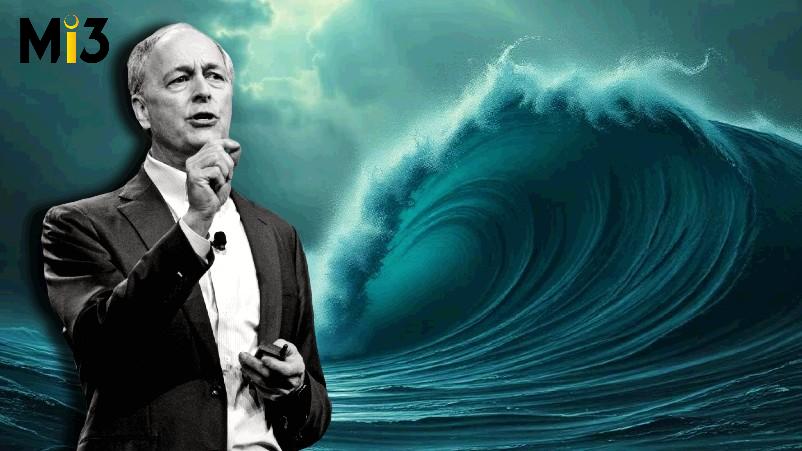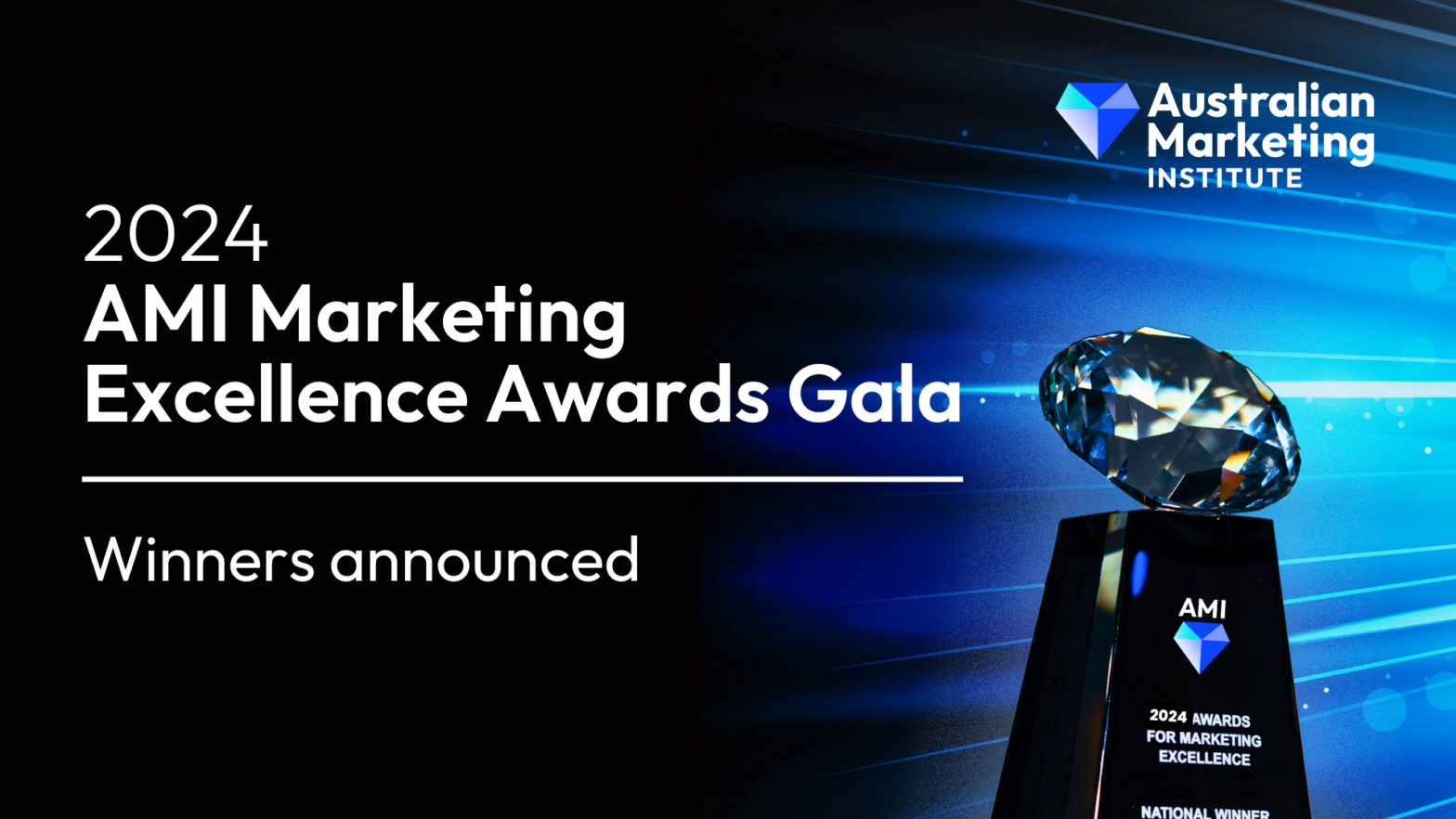“24 brands to one voice”: Sinch CMO Jonathan Bean explains how brand bloat risked crushing growth—and how smart consolidation saved it
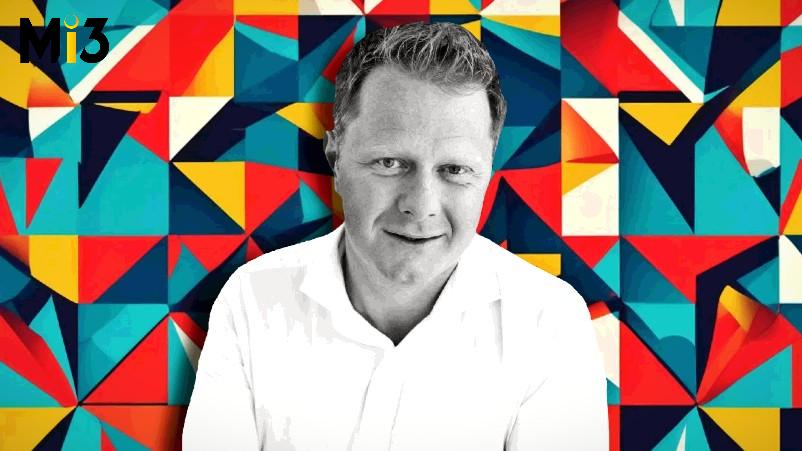
What you need to Know
- MessageMedia rebrands to Sinch as the Swedish communications platform-as-a-service (CPaaS) giant consolidates 24 brands down to seven, aiming for stronger global recognition and market clarity.
- Channel business is growing fast, contributing 30% of revenue, despite direct sales still making up the majority.
- The brand overhaul is driven by scale and confusion, with 93% of marketing once spent across other brands, leaving Sinch with low visibility despite global reach.
- Sinch is betting big on brand experience, not billion-dollar ad spends—targeting analysts, RFP shortlists, and customer moments across every touchpoint.
- Three key regional focuses—APAC, EMEA, and North America— have been crafted, each with tailored go-to-market and rebranding strategies.
- AI, not SEO, is the new battleground, with active efforts underway to boost Sinch’s discoverability across AI-powered search platforms.
- New brand values have also been spotlighted: Dream big, win together, keep it simple, and make it happen.
- The CMO’s message to marketers: Start small to go big. CX wins like improving a single customer pain point (e.g. returns) can shift NPS and organisational mindset.
- As part of its rebrand strategy, Sinch is aiming to share more insights from global markets with Australian partners and clients.
At one point, I had 24 brands. People would ask, ‘Why don’t we know about Sinch?’ And I’d say, ‘Well, we’ve got 24 brands, and we’re spending 7% of our total marketing investment on Sinch and 93% on all the other brands across the board'.
When Jonathan Bean took the reins as chief marketing officer at Sinch, the company had more brands than some marketing stacks have dashboards. Twenty-four, to be precise.
Legacy brand bloat wasn’t just confusing customers, it was killing internal cohesion, diluting investment, and suffocating Sinch’s ability to scale global brand equity. From Melbourne to Malmö, marketing was being pulled in too many directions, while prospects scratched their heads: Who is Sinch?
Death by portfolio
“Brand is critical—that’s one of the reasons I’m here,” says Bean. “Everyone in Australia knows ‘MessageMedia’. MessageMedia will be going away and becoming Sinch. I actually see that as a brand opportunity, because MessageMedia is very much associated with SMS only, whereas Sinch is a true CPaaS [communications platform-as-a-service] leader.”
The transition wasn’t just about retiring MessageMedia, however. It was about transforming a sprawling legacy of 24 acquired entities into a single, coherent voice.
“We’d done quite a bit of mergers and acquisitions over the years. At one point, I had 24 brands,” says Bean. “People would ask, ‘Why don’t we know about Sinch?’ And I’d say, ‘Well, we’ve got 24 brands, and we’re spending 7 per cent of our total marketing investment on Sinch and 93 per cent on all the other brands across the board’.”
That fragmentation hurt customer experience, sales performance and internal alignment. Now, Bean says, “I’ve got about seven active brands, so I’m getting there—we’re narrowing it down.”
Rebranding mid-stream
Crucially, the rebrand hasn’t waited for systems integration or full operational alignment. Sinch is rebuilding its global identity mid-flight.
“We have a major consolidation effort to take on. That’s exactly what we’re doing now. I think it’s very important—yes, very important—to establish Sinch, especially for those channel plays,” Bean explains.
The company operates across three distinct regions—EMEA, North America, and APAC—each requiring a tailored approach to branding, partnerships, and market messaging.
“We tier these channel plays—we tier the channel providers and ecosystems—and take a different approach depending on their size, scale, region, and similar factors,” Bean says.
Each has its own unique characteristics too. “And we have rebranding challenges in each of those, I think.”
Brand equity without billion-dollar budgets
Bean didn’t have the luxury of a media war chest to blast Sinch into brand consciousness.
“When I first came in, I didn’t have billion-dollar budgets like Twilio to go out and establish the brand, so we focused on the people who really mattered. In many cases, that meant industry analysts—making sure we’re seen as a leader in the CPaaS space,” he says. “If you’re in the top four or five, you’re more likely to be included in RFPs and that kind of thing.”
Instead of chasing reach, Bean chased relevance. The strategy paid off—positioning Sinch in the upper tier of analyst reports, without the burn rate.
“We were able to build our leadership through the quality of our products, the scale of our customer base, and all that good stuff,” he says.
Branding, for Bean, isn’t marketing’s job alone. “To me, brand is the sum total of every interaction someone—whether a customer, prospect, employee, or shareholder—has with us. From a Google ad, to a sales meeting, to a webinar or an event experience. No one person or team owns the brand. We all own it—together with our customers and shareholders—and we can help guide it.”
Sinch’s values—dream big, win together, keep it simple, make it happen—form the foundation of this unified identity.
“If you’re a CX professional, you’re probably facing a lot right now—AI coming at you, internal constraints—and that’s exactly when you need to dream big,” Bean says.
Another value, “win together,” reflects Sinch’s Swedish roots. “It takes a village—especially in CX,” he says. “You can try to operate in silos, but real impact comes from bringing all the forces together—data, technology, creativity, customer insights.”
And while “keep it simple” is often more aspirational than practical, Bean offers a pragmatic path: “Sometimes the best way to start, if you’re reimagining things, is to pick just one use case.”
He recalls a retailer struggling with its returns process: “Their NPS was taking a serious hit because of it. So, we built a conversational messaging program focused just on that. Suddenly—sure, it was just returns—but their NPS shot up.
“They didn’t try to boil the ocean. They just tackled one piece. And the team that did it? They became heroes inside the organisation.”
Make it happen
Bean’s final brand principle—make it happen—is a rallying cry for experimentation over inertia.
“We don’t always know what’s going to work, but you have to trial, test, and experiment. The key is not getting stuck in PowerPoint, Keynote, boardrooms, or endless discussions,” he says. “Experimentation, execution, actually making things happen, is pretty important.”
It’s been a long road for Bean, who started his career in Melbourne working on Tooheys beer ads before digital was even a thing.
“I was at the lowest rung—fetching coffee, helping set up meetings, doing all the grunt work,” he says. “But then we’d have these real Mad Men moments, where they needed inspiration for copy or images, and suddenly everyone’s ideas were on the table.”
Now he’s leading a global marketing transformation, and reshaping what a CPaaS leader looks like. “We still need one brand, one voice. And I think you also need a clear point of view to establish a brand.”
And that brand is Sinch.


